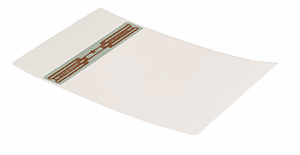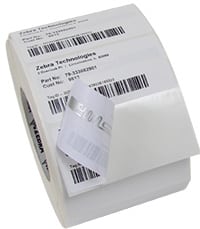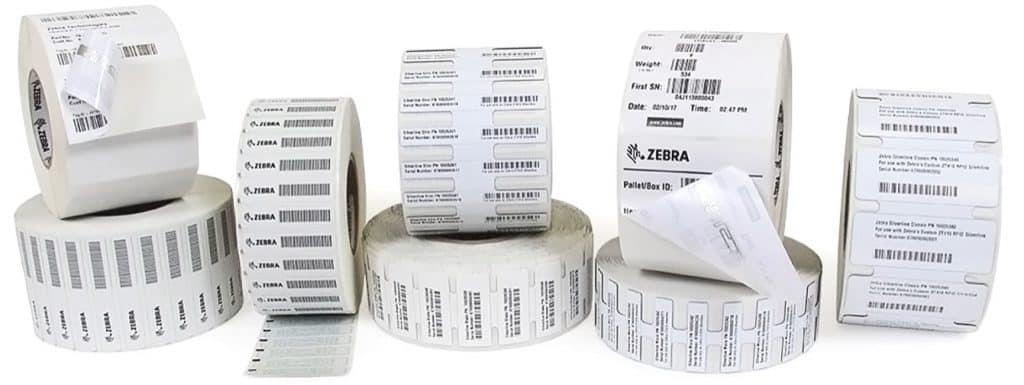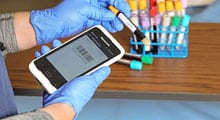Home » Services » Supply Chain Services & Wireless Consulting » RFID Solutions for Asset Visibility » RFID Tags & Labels
RFID Tag and Label Solutions
Choosing Quality RFID Tags for Your Application
There are many considerations and options when installing a radio-frequency identification (RFID) solution including choosing the right RFID supplies. Factors such as location usage, application of media, environmental conditions, how the items are to be tracked, and where and what the tag will be applied to are just a few of these considerations. This will all affect what type of RFID supplies you will need to purchase for your installation.
RFID tags and labels play a major role in this decision. The type of RFID tag you choose will impact functionality and affect the performance of your project. This is where Peak Technologies steps in. Our team can assist in finding the best RFID tag solution based on your project needs.
Choose the Best RFID Label for Your Project
As with any specialty labels and installation, cost is just one aspect of the purchase, knowing what would be the best RFID label for your project is what Peak Technologies is here to assist you with.
Contact us today to speak with our Media Specialist about the best RFID label and tag choice for your project.
How RFID Tags Work
RFID technology is more efficient than a standard barcode label because there is no line of sight visibility needed. The way the tags are built help accomplish this efficiency.
RFID tags contain at least three parts: an integrated circuit for storing and processing information that modulates and demodulates radio-frequency (RF) signals; a means of collecting DC power from the reader signal in the vicinity; and an antenna for receiving and transmitting the signal. The tag information is stored in non-volatile memory and can include either fixed or programmable logic for processing the transmission and sensor data, respectively.
RFID tags may either be read-only, having a factory-assigned serial number that is used as a key into a database, or may be read/write, where object-specific data can be written into the tag by a system user. Field programmable tags may be write-once, read-multiple; “blank” tags may be written with an electronic printer encoder.
Many companies are opting to utilize smart labels with printed barcodes and human readable information which include the embedded RFID circuitry. Utilizing the smart label format in an RFID installation optimizes the latest tracking technology in the marketplace.


RFID Tag and Label Types
There are a few performance factors to consider when selecting an RFID label type, including:
Inlay Size: A larger RFID inlay gives you longer read ranges.
RFID Reader Type: Handheld, fixed and overhead readers often perform differently and serve different use cases.
Material Surface and Environment: Surface of the material, such as corrugated box, wood, glass, plastic, metal, etc., as well as how densely items are stacked, or what is contained within the boxes, can affect the read range.
The different types of tags to choose from include:

Passive RFID Tags
Passive RFID tags can operate on a Low Frequency (LF) and High Frequency (HF) band. These tags need to be in close contact to the reader antenna. In this near field region, the tag is closely coupled electrically with the transmitter in the reader. The tag can modulate the field produced by the reader by changing the electrical loading the tag represents. By switching between lower and higher relative loads, the tag produces a change that the reader can detect.
Active RFID Tags
Active RFID tags may contain functionally separated transmitters and receivers, and the tag need not respond on a frequency related to the reader’s interrogation signal. An active RFID tag has an on-board battery and periodically transmits its ID signal.
Battery-Assisted
Passive RFID Tags
A battery-assisted passive RFID tag has a small battery on board and is activated when in the presence of an RFID reader.

























